As a woman who breastfed for over 13 months—and extensively studied the postpartum time period—breastfeeding has a special place in my heart. With World Breastfeeding Week under way, today we’re diving into how to increase nutrients in breast milk. Because yes, it’s possible! It’s important to know how the maternal diet affects breast milk. Said differently: what you eat matters. Nourishing yourself is also essential for postpartum healing. Breast milk is unanimously described as the perfect food for babies, and it’s influenced (heavily) by a mother’s diet. Don’t overlook the value of eating specific foods to boost your milk supply and enhance the quality of your milk.
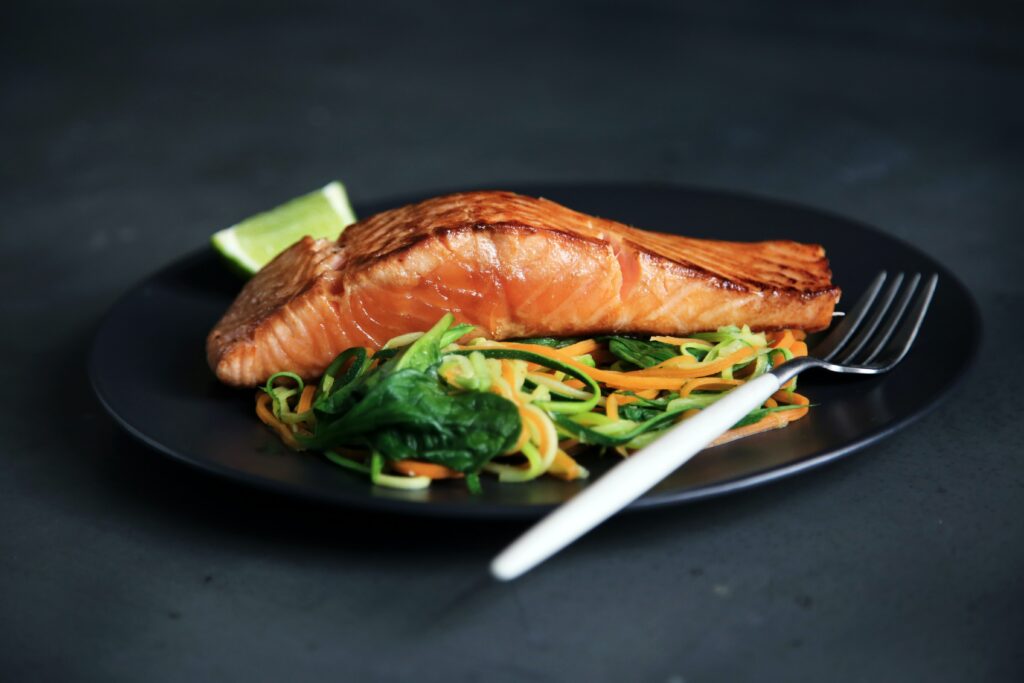
How a mother’s diet affects breast milk
Undoubtedly, breast milk is remarkably nutrient-dense. Its benefits are a dime a dozen. And research indicates that breast milk is affected by a mother’s diet. Meaning, her body’s nutrient stores impact the quality (and quantity) of her milk. This becomes especially important for women who struggle to make healthy choices before, during, or after pregnancy. Studies show that a woman’s food choices influence the nutritional profile of her breast milk. In fact, breast milk is comprised of nutritional choices a mother makes before she even conceives! This goes without saying, but it’s biologically impossible for a lactating woman to transfer nutrients—via breast milk—she does not have. In other words, nutrients present in a nursing mother’s diet are exemplified in the breast milk she produces.
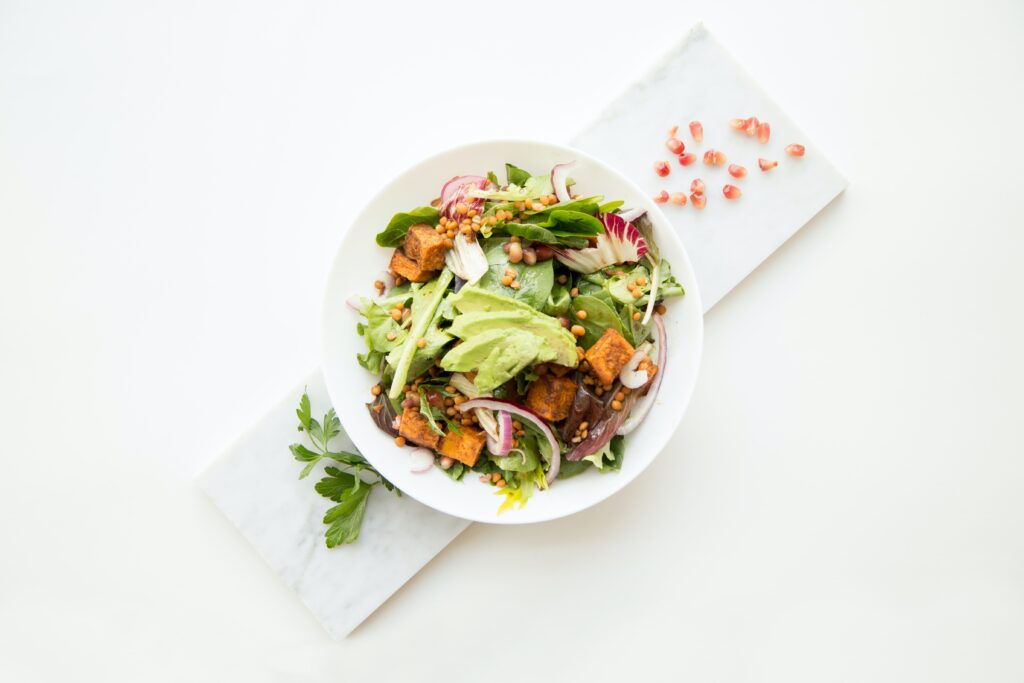
3 stages of breast milk
There are three stages of breast milk: colostrum, transitional milk, and mature milk.
Colostrum
This is produced during the first few days after birth. Some mothers are able to hand-express colostrum late in their pregnancy! As long as proper latch is established, colostrum will provide a newborn with all the nutrients and calories that he or she needs. The nutrient profile and immunological composition of colostrum differs substantially from mature milk. It’s specifically designed to support a newborn in this early phase of life. It contains growth factors, antimicrobial compounds, and immune-regulating constituents. In comparison to mature milk, colostrum is 3x richer in vitamin A and 10x richer in beta-carotene—this is what gives colostrum its golden yellow hue.
transitional milk
A mother’s transitional milk usually comes in around 2-5 days postpartum. This is triggered by a decline in progesterone (a response to the placenta being delivered). As the mature milk starts to come in, it mixes with the colostrum and is referred to as transitional milk.
mature milk
By the end of the first month, breast milk will have fully changed to mature milk. It is both higher in fat and lactose. Mature milk is made up of foremilk and hindmilk. Foremilk is produced at the beginning of a feed. It consists mostly of lactose (milk sugar) and protein. Foremilk is relatively low in fat. Hindmilk is produced as the feed progresses. The fat content steadily increases, too.

choose healthy fats
Often times, new moms overlook the quality of their breast milk because they’re more concerned about the amount they are producing. While both are important, in order to increase nutrients in breast milk, you want to consider the healthy fats and protein you’re consuming. Research shows that the specific type of dietary fat a mother consumes directly correlates with the corresponding fatty acids in her milk samples. This is true for beneficial fats—such as DHA—as well as harmful fats, such as industrial seed oils. A few of the best sources of healthy fats to consume are nuts, seeds, fatty fish, organic full-fat dairy, olives, olive oil, ghee, avocados, and coconut.
the power of protein
Furthermore, protein is key. In fact, dietary protein directly impacts breast milk production. It also has an impact on your baby’s overall growth and development. Protein is necessary for synthesizing hormones, enzymes and antibodies. When possible, choose pasture-raised and organic animal products. A wide variety of pesticides and chemicals have been detected in human breast milk, unfortunately. Additionally, choosing organic over conventional has shown to increase CLA (conjugated linoleic acid) in breast milk, which is known to help build muscle mass. Consider eating an array of protein, like wild-caught fish, pasture-raised beef, organic chicken, pasture-raised eggs, full-fat Greek yogurt, lentils, and non-GMO tempeh. You can also incorporate smoothies with high-quality protein powder or collagen peptides.
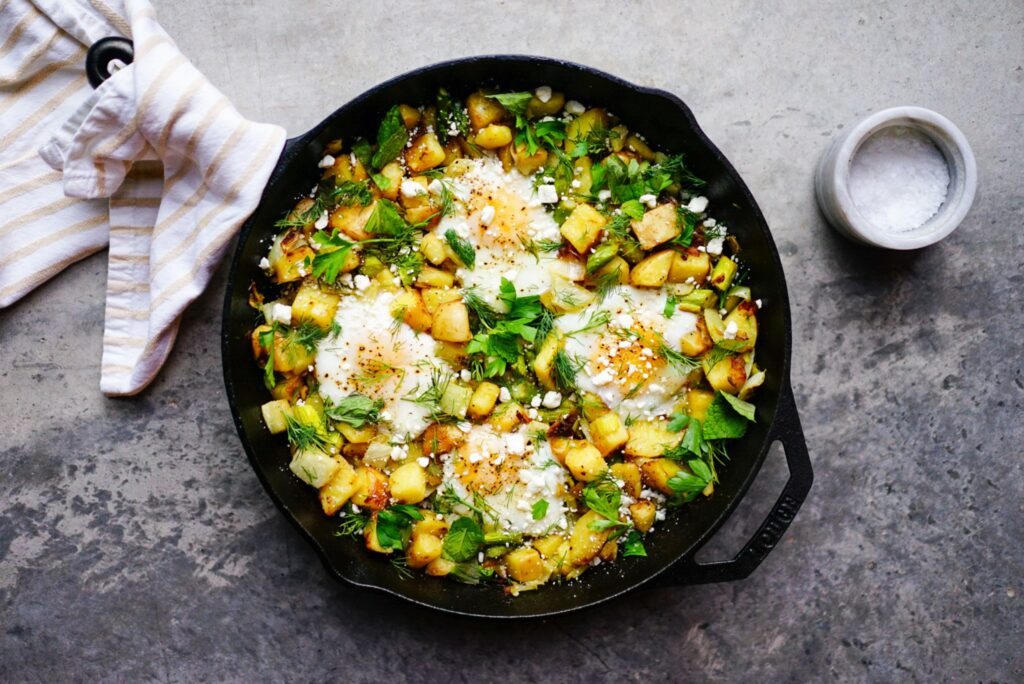
don’t go low carb
I’ve said it once, but I’ll say it again: women need carbohydrates for energy, hormone health, and breast milk production. Carbs get a bad rap in the diet world, but they are foundational—whether or not you’re a lactating mama! When it comes to breast feeding, you need adequate carbs in order to produce enough breast milk. Furthermore, you need to be eating enough. Especially as a breastfeeding mom. The metabolic demands of breastfeeding will likely require more than your usual amount of calories! Which, in part, means eating carbohydrates. There’s simply not enough research to prove that a low-carb diet is beneficial for lactating women. Additionally, there’s anecdotal evidence that cutting carbs can cause a decrease in supply. At any rate, the best approach to eating as a breastfeeding mom is one that is both well-rounded and balances blood sugar.
Curious to learn more about postpartum nutrition? Let’s work together to improve your milk quality while helping you feel your best.
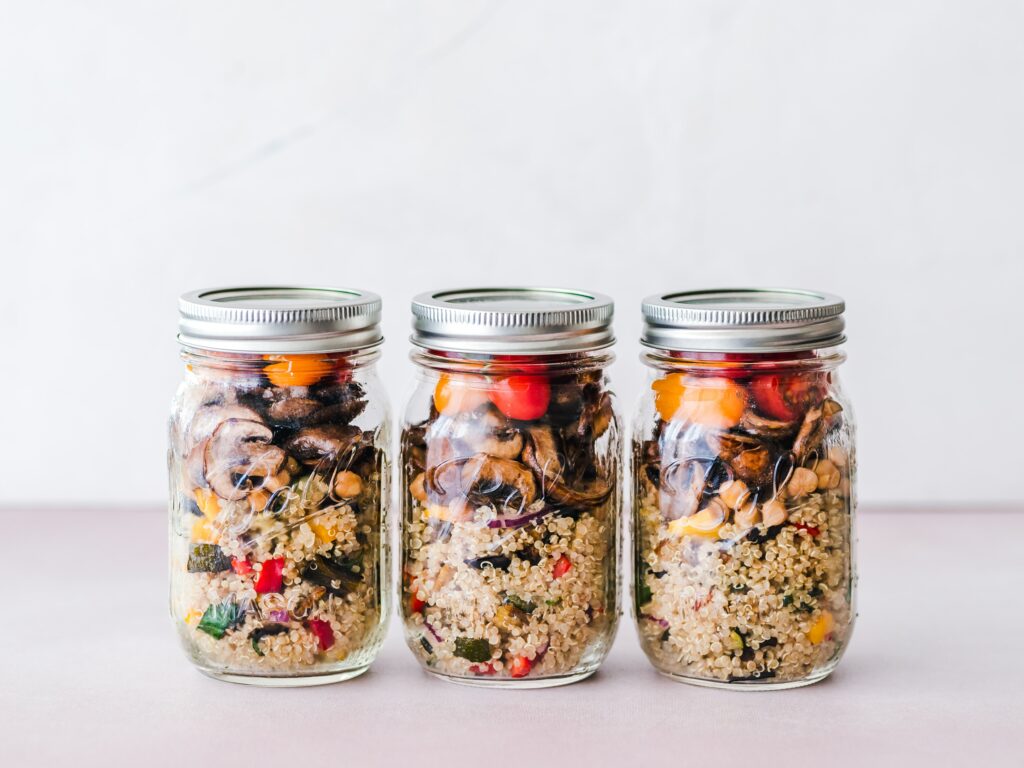
consider Extra Pumping
Along with emphasizing healthy fats and protein, part of improving the quality of your milk may require adjusting your feeding style. As mentioned above, breast milk’s hindmilk is present in the emptier breast. In essence, you can give your baby more hindmilk by pumping prior to feeding. If you have an oversupply, consider pumping out some of the thinner milk (foremilk), save it, then have your baby nurse for the hind milk. Doing this a few times a day can help your baby get more fat in their growing bodies. This is my favorite manual pump. This is my go-to automatic pump. Make sure to get a pumping bra, so you can be hands-free.
Sunflower Lecithin
Have you heard of sunflower lecithin? This has been show to directly increase fatty acids in breast milk. It is also used to help with clogged milk ducts (very helpful if you wind up with mastitis!). Sunflower lecithin makes the breast milk slippery and less likely to clog. In turn, it means your milk is higher in fat.
Consult your physician, lactation consultant, or pediatrician before adding sunflower lecithin to your supplement routine.
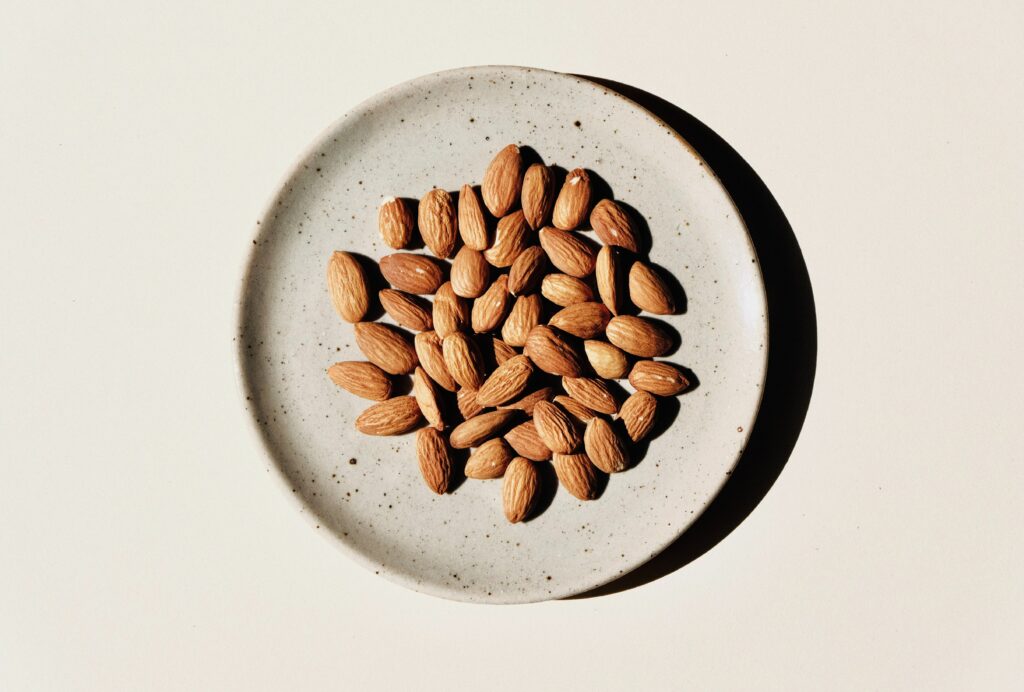
Images courtesy of Unsplash. This article contains affiliate links. Thank you for supporting Wellness with Edie. This article is for informational purposes only. It is not, nor is it intended to be, a substitute for professional medical advice, diagnosis, or treatment and we recommend that you always consult with your healthcare provider.



Leave a Reply